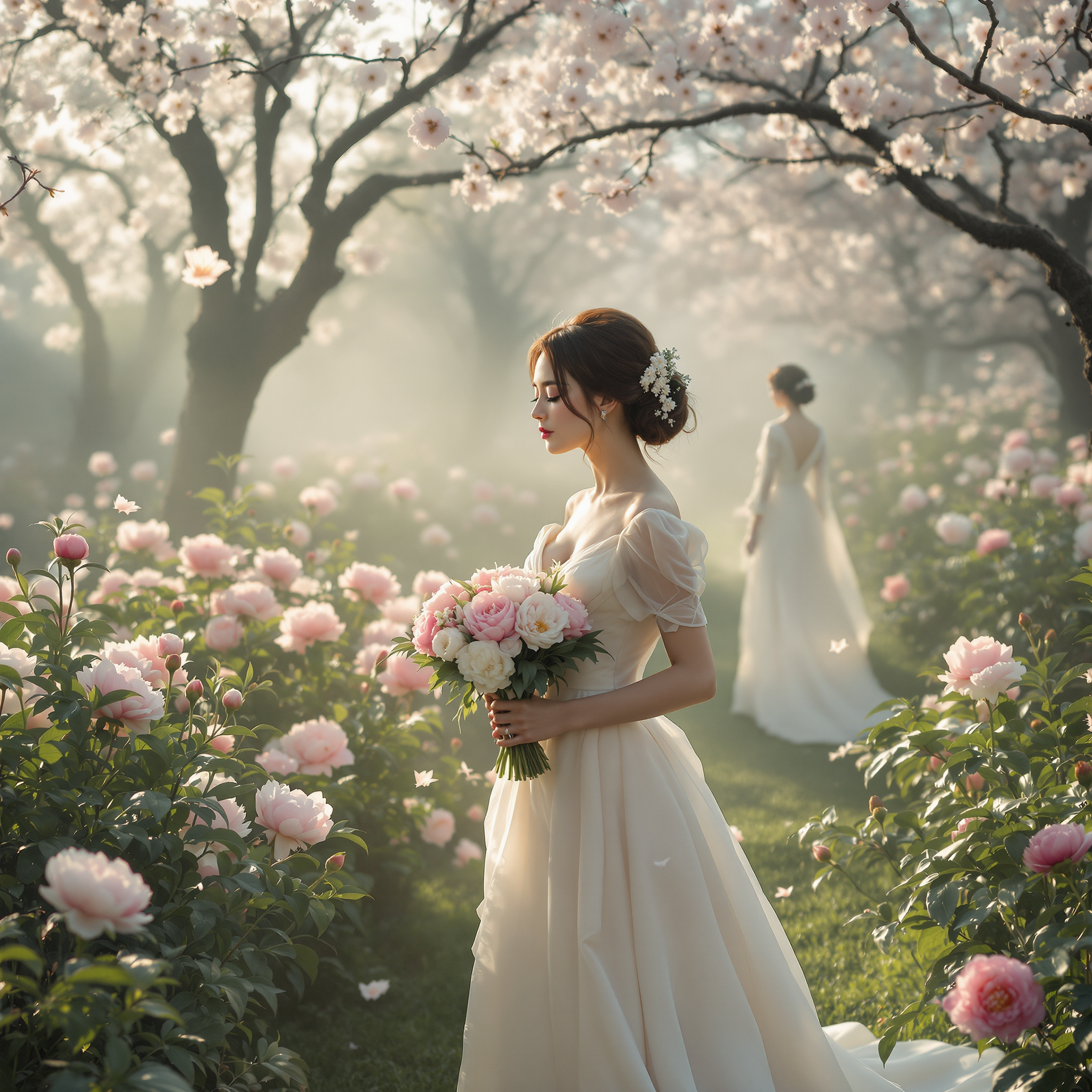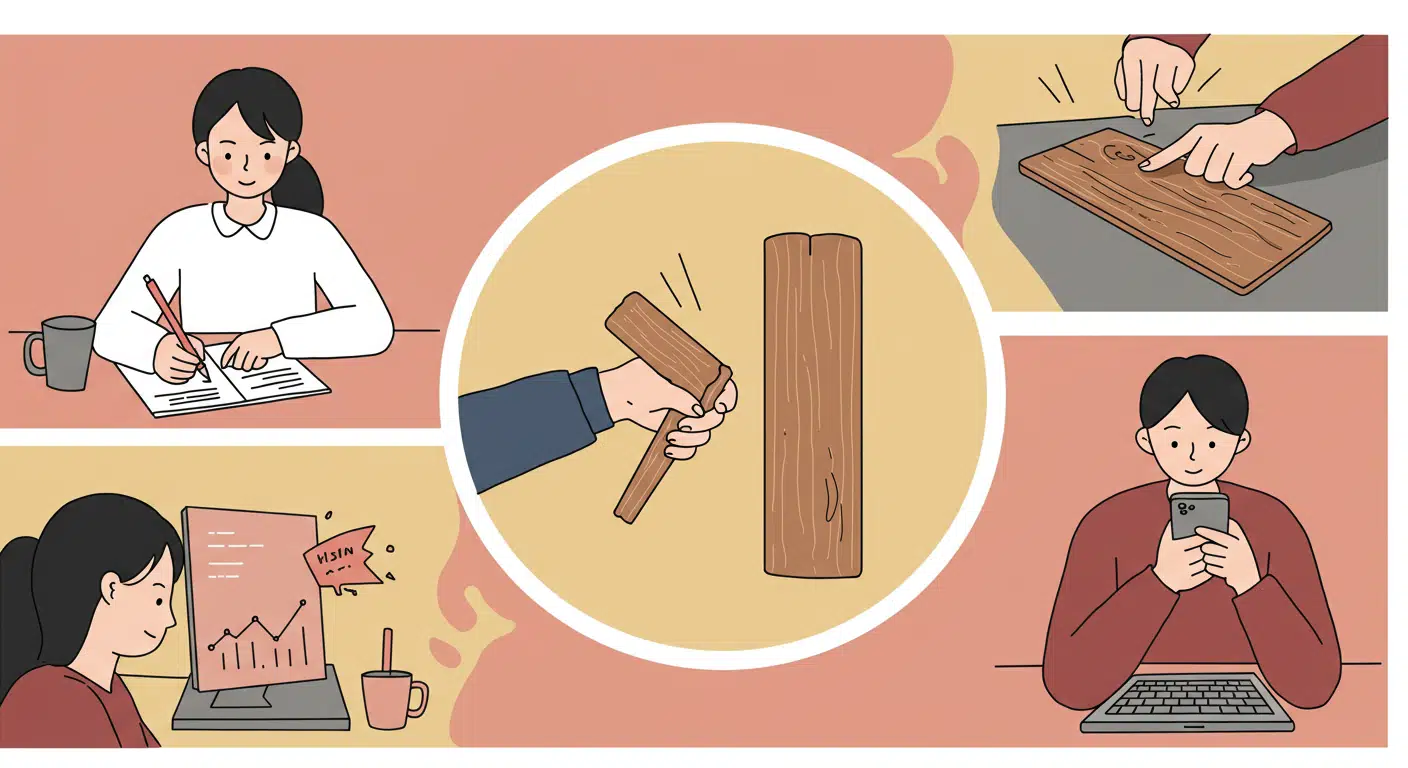Peonies have long been symbols of romance and marital happiness, particularly in Chinese culture. Believers practice this superstition by incorporating peony flowers into wedding ceremonies, decorative art, or as part of a bridal bouquet. Giving a peony to a couple is believed to bless their union with prosperity, honor, and enduring love. The superstition also suggests that planting peonies in the garden of a marital home promotes fidelity and affection. The flower’s lush, full bloom is seen as a metaphor for abundance in love and good fortune in relationships. Aromatherapy, rituals involving peony-infused water, or simply having peonies in the bedroom are sometimes recommended to enhance romantic energies.

A baby’s future career or fate is predicted by the first object they select during a ceremonial setup.
In several Asian and Eastern European cultures, a traditional ceremony is held for babies usually around their first birthday. Known


